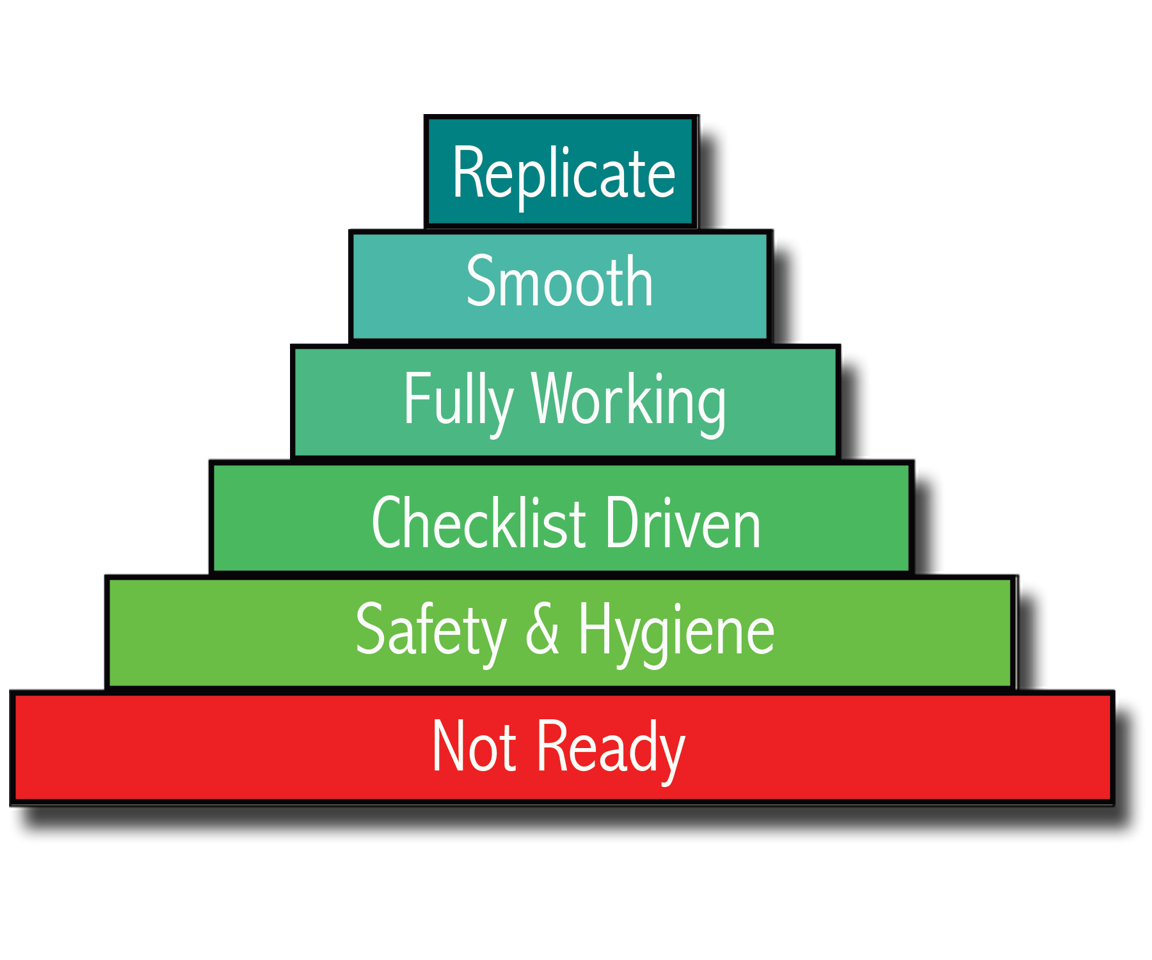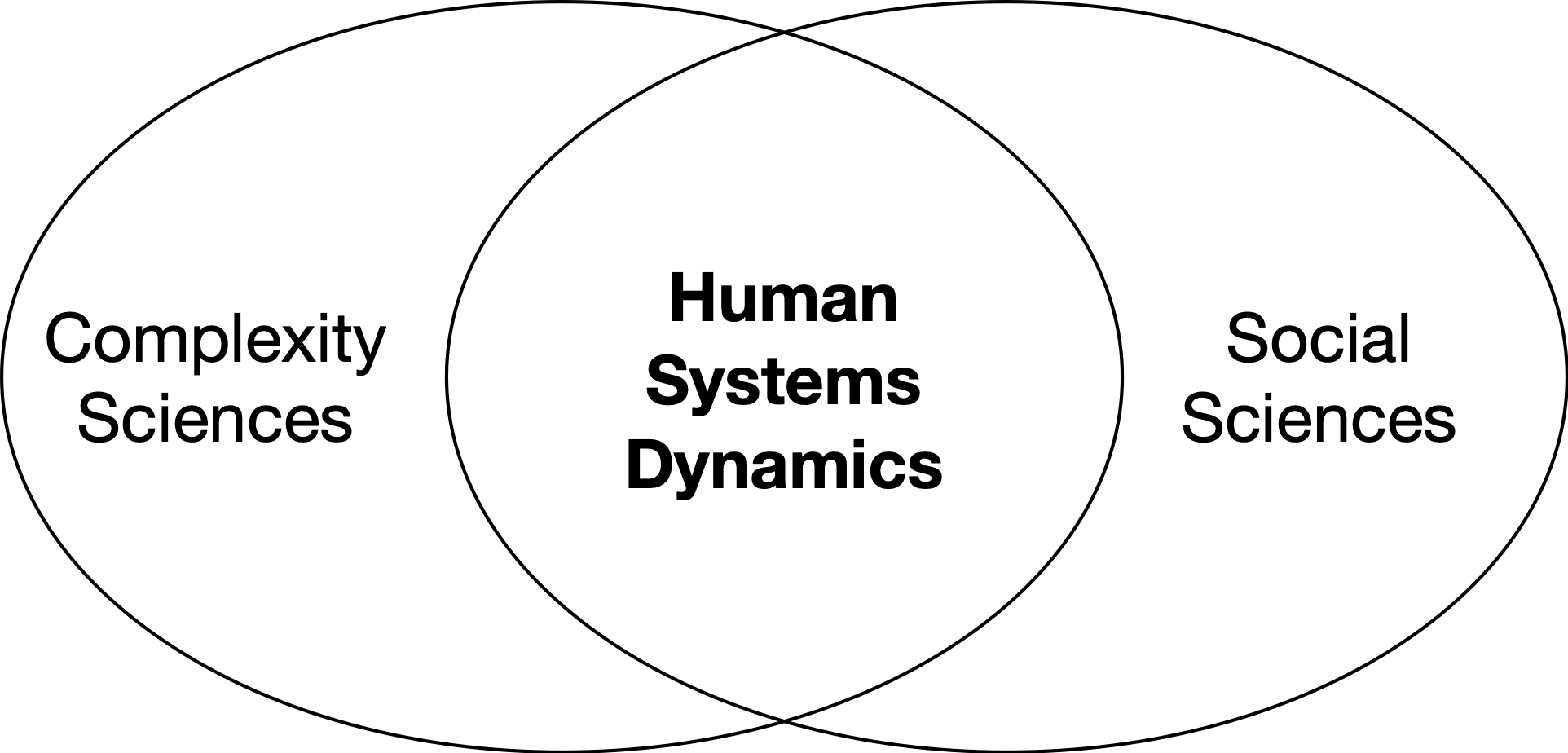The GROWS Method® is based on years of published and private research and empirical analysis to help you create a high-performing software development organization. Here are some of the highlights of the more important theoretical components of our approach.
It’s a lot to take on. You can’t get there overnight, but we’re here to show you the way.

The Dreyfus model describes how human behavior and perception change as you progress from novice to expert at a given skill. We have used and adapted it to help make habits and advice more appropriate depending on team member’s skill levels and experience.
The biggest take-away from the Dreyfus model is that beginners (at any skill) need concrete, context-free rules. This approach can make beginners effective, but sticking with these rules constrains you to a beginner’s skill level—there’s no way to advance.
Most methodologies and processes provide rules to start with, and that’s as far as they go.
The GROWS Method® provides habits at varying skill levels as well as our Thinking Guides™ for the more complex and critical aspects.

Human Systems Dynamics (HSD) explores behavior using a complexity science lens. Its foundation includes these premises[@Holladay:2008]:
In complex adaptive systems (like your company, product group, team) agents (your boss, his boss, your teammates, you) interact in ways that form patterns that have meaning across space time. These patterns form based on containers (something that holds focus; profession, team, buildings), differences/similarities within and between containers, and exchanges, the flow of value (information, resources, work, power).
The Cynefin model describes these five different decision-making domains:

Scrum and even waterfall can work well in the Obvious domain.
More agile approaches are required for Complicated domains.
A high level of skill and ability is needed for Complex domains. The GROWS Method® will help you and your teams navigate the treacherous waters of Complex domains, and help you avoid slipping into Chaos. (Figure by Dave Snowden, CC BY-SA 3.0)
Follow @growsmethod in the Fediverse, or subscribe to our mailing list:
Sign up for more information on how you can participate and use the GROWS Method®. We will not use your email for any other purpose.